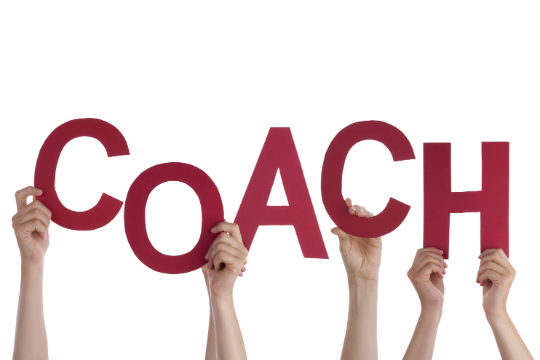Here’s another entry in Tim Hawkes’s occasional series dissecting popular (and not so popular) coaching models.
The POWER model
The POWER coaching model owes much of its origins to gestalt methodology and uses the same gestalt to shape the coaching process.
Perceive: Based on the present moment, perception is that to which you pay attention. In the spirit of mindfulness this would be untainted by history or a projection of the future, but in reality your perception is almost always going to be affected by your past experience. Perception is (at least in this context) what you CHOOSE to observe.
In this initial phase the coach asks open questions and allows the coachee to respond freely. This will allow the client to begin to explore the direction they want to go, and the coach to understand this direction as it relates to the client.
Observe: Time is spent allowing the coach to identify the opinions of the client against the data or information brought to the table by the client. It is in this phase that a target to be reached, or problem to be resolved, is identified. The coach should use this phase to help the client identify what buried assumptions are colouring their view. The ideal is to have the client see that they have a choice between reacting to assumptions or acting on a reality.
Want: Where there is attention there is energy. In amongst the data and observations identified by the client, the coach can, using open questions, begin to determine where the client’s energies lie – in other words what holds their attention most. The key questions at this stage are generally ‘What do you want?’ and ‘What are you willing to do to get it?’. Energy can exhibit itself as anxiety or excitement towards engagement.
Engage: An action is either taken with the coach or a plan is made for future action and accountability with the coach. With the coach’s support the client can provide a clear plan for engaging the issue that is intended to satisfy the discomfort of not having what has been identified in the Want stage.
Review: At the end of each session a review is undertaken, so that there is no doubt about what the client intends to do and how the coach will support that action. To close the loop, the coach wil begin the next session with a follow-up of the work decided upon.
Tim Hawkes is managing director of Unlimited Potential
Here's another entry in Tim Hawkes's occasional series dissecting popular (and not so popular) coaching models.
The POWER model
The POWER coaching model owes much of its origins to gestalt methodology and uses the same gestalt to shape the coaching process.
Perceive: Based on the present moment, perception is that to which you pay attention. In the spirit of mindfulness this would be untainted by history or a projection of the future, but in reality your perception is almost always going to be affected by your past experience. Perception is (at least in this context) what you CHOOSE to observe.
In this initial phase the coach asks open questions and allows the coachee to respond freely. This will allow the client to begin to explore the direction they want to go, and the coach to understand this direction as it relates to the client.
Observe: Time is spent allowing the coach to identify the opinions of the client against the data or information brought to the table by the client. It is in this phase that a target to be reached, or problem to be resolved, is identified. The coach should use this phase to help the client identify what buried assumptions are colouring their view. The ideal is to have the client see that they have a choice between reacting to assumptions or acting on a reality.
Want: Where there is attention there is energy. In amongst the data and observations identified by the client, the coach can, using open questions, begin to determine where the client’s energies lie – in other words what holds their attention most. The key questions at this stage are generally 'What do you want?' and 'What are you willing to do to get it?'. Energy can exhibit itself as anxiety or excitement towards engagement.
Engage: An action is either taken with the coach or a plan is made for future action and accountability with the coach. With the coach’s support the client can provide a clear plan for engaging the issue that is intended to satisfy the discomfort of not having what has been identified in the Want stage.
Review: At the end of each session a review is undertaken, so that there is no doubt about what the client intends to do and how the coach will support that action. To close the loop, the coach wil begin the next session with a follow-up of the work decided upon.
Tim Hawkes is managing director of Unlimited Potential




